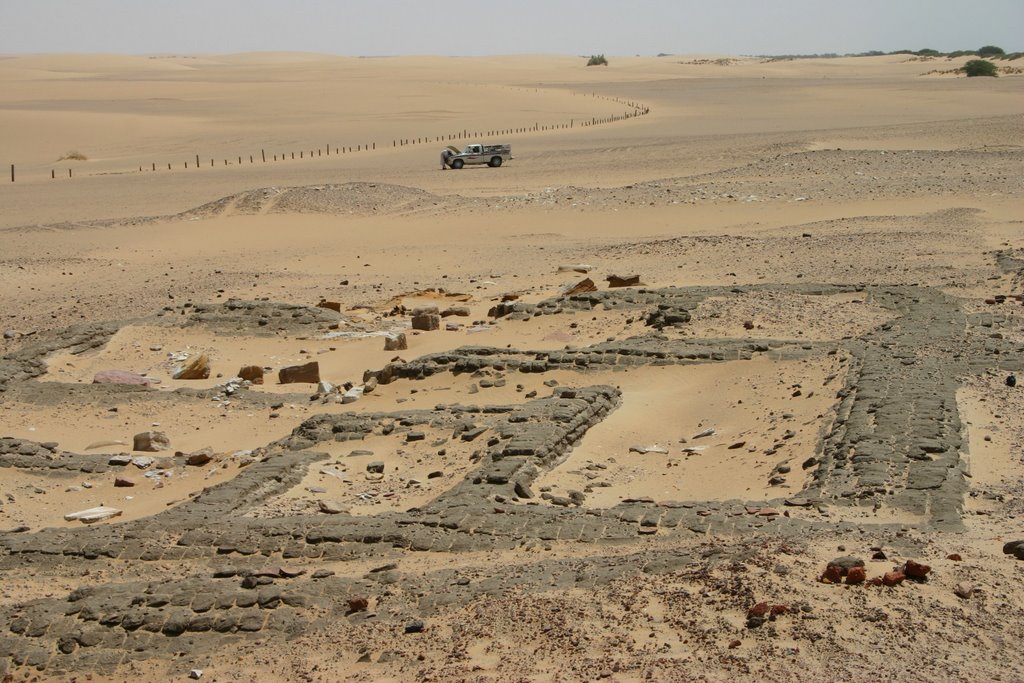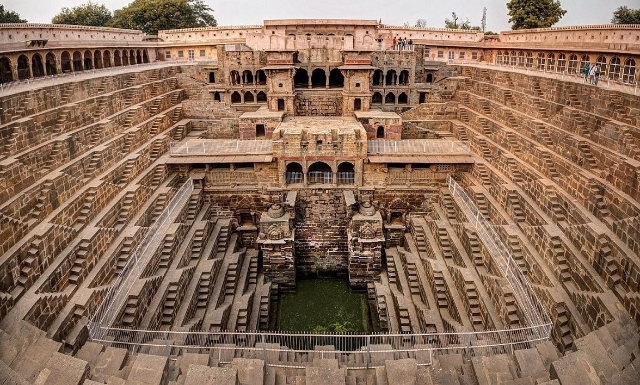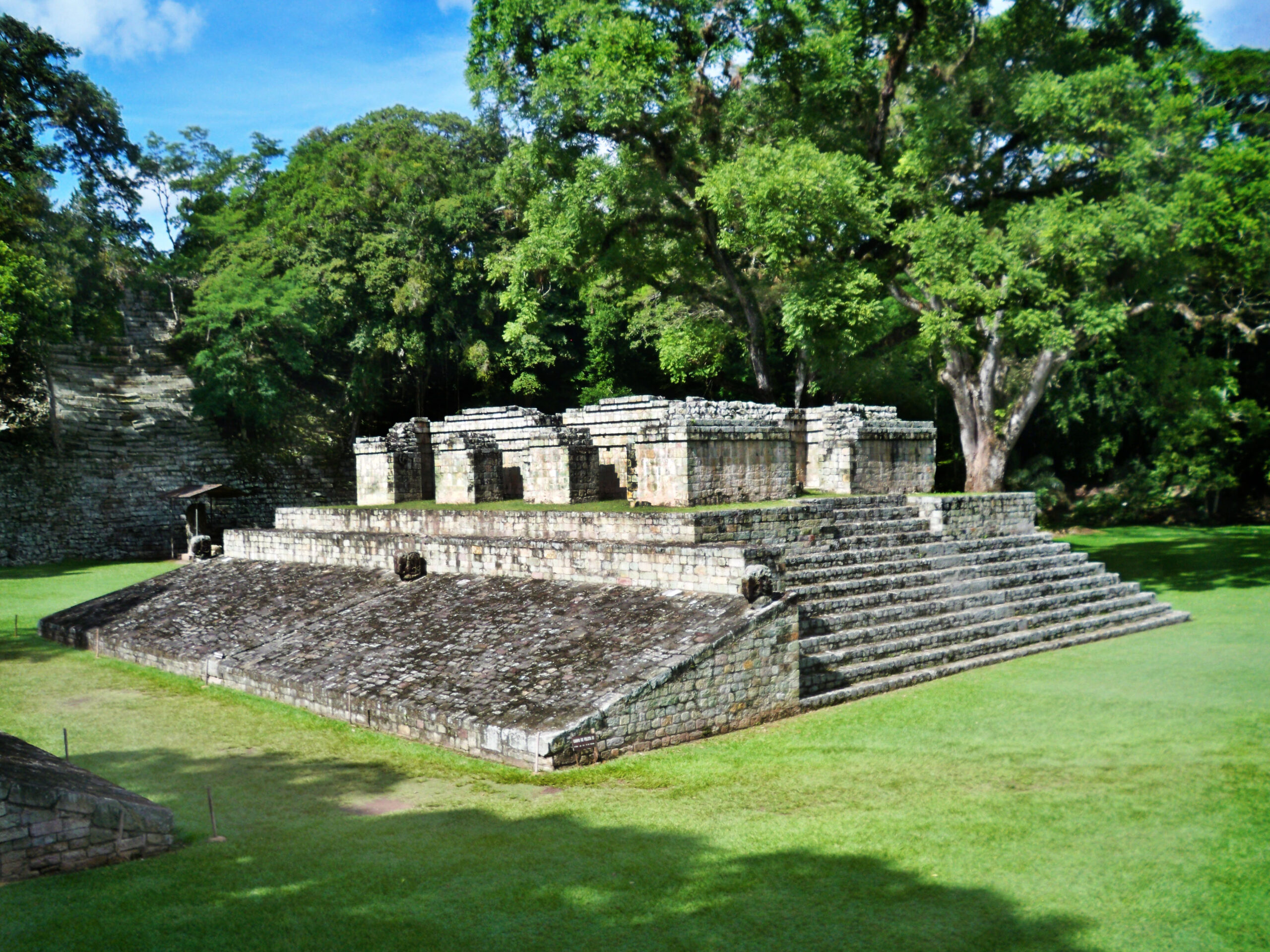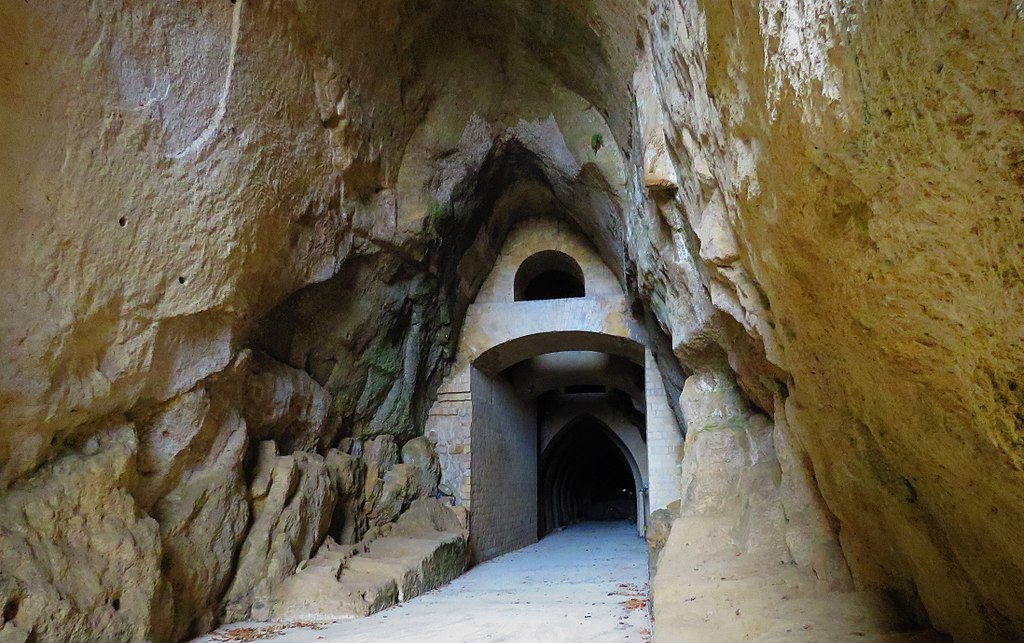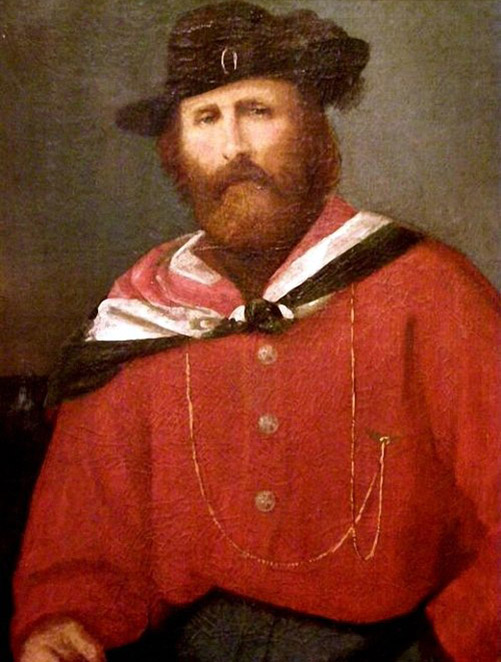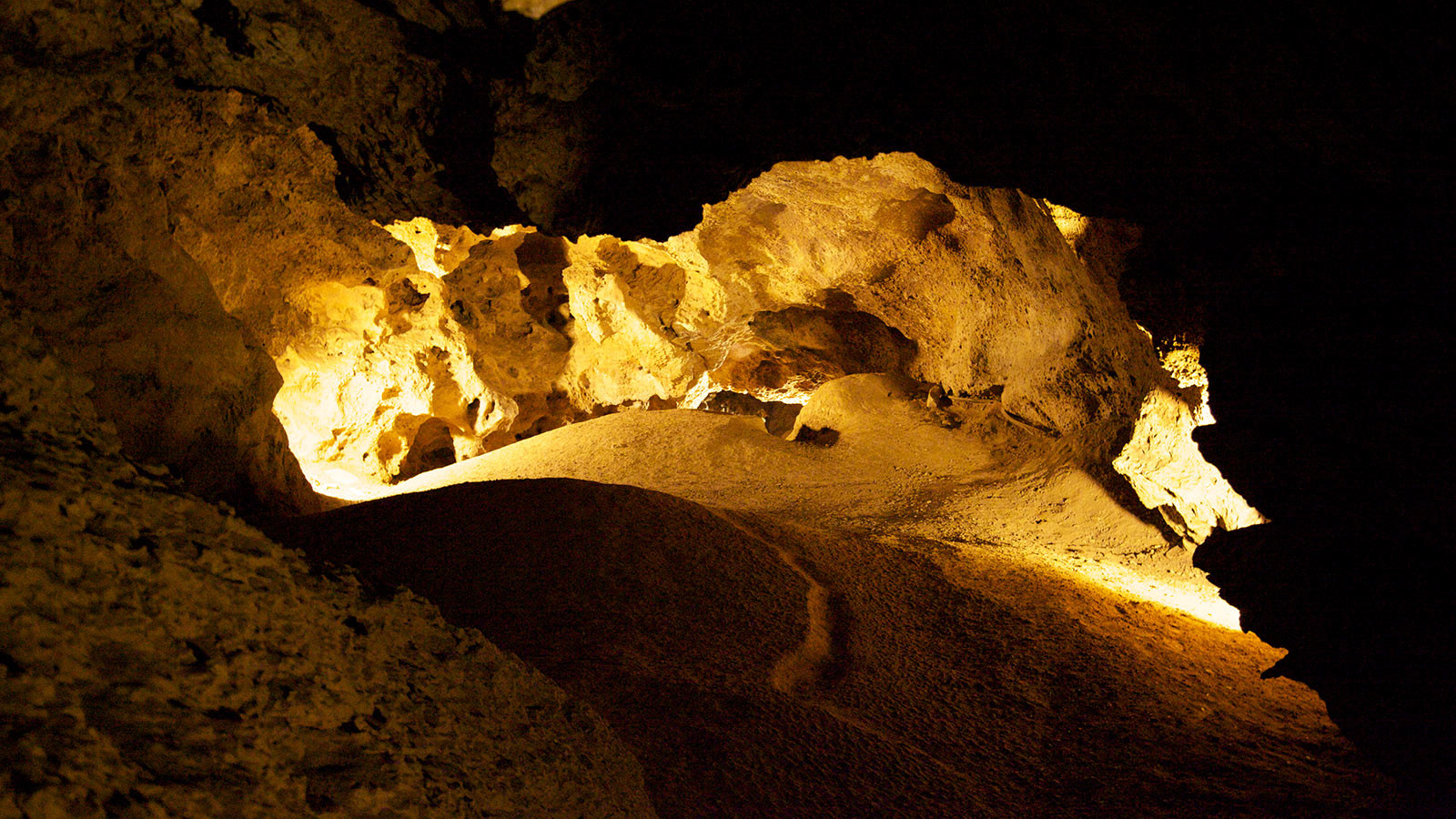Kawa, ancient Egyptian colony in Cush (Kush; modern Sudan) on the east bank of the Nile River, 4 to 5 miles (6 to 8 km) north of Dunqulah. It was excavated (1930–36) by Francis L. Griffith and Laurence Kirwan for the University of Oxford. It was founded by the Karmah culture (identified as Cush by the Middle Kingdom Egyptians) and became the second most important city (after Karmah) in the area because of its fertile farmlands. The Egyptian king Amenhotep I (1514–1493 BC) conquered it when he destroyed the Cushite state.Amenhotep III (c. 1390–53 BC) built there the first temple to Amon; this temple, however, was destroyed by his successor, Akhenaton (who probably renamed the city Gem-aten), but it was later restored by Tutankhamen (reigned 1333–23 BC). Taharqa (690–664 BC) renovated and enlarged the temple, leaving important stelae there. The city was sacked by the Roman Petronius Arbiter in 23 BC, and though it was occupied for two centuries thereafter.
